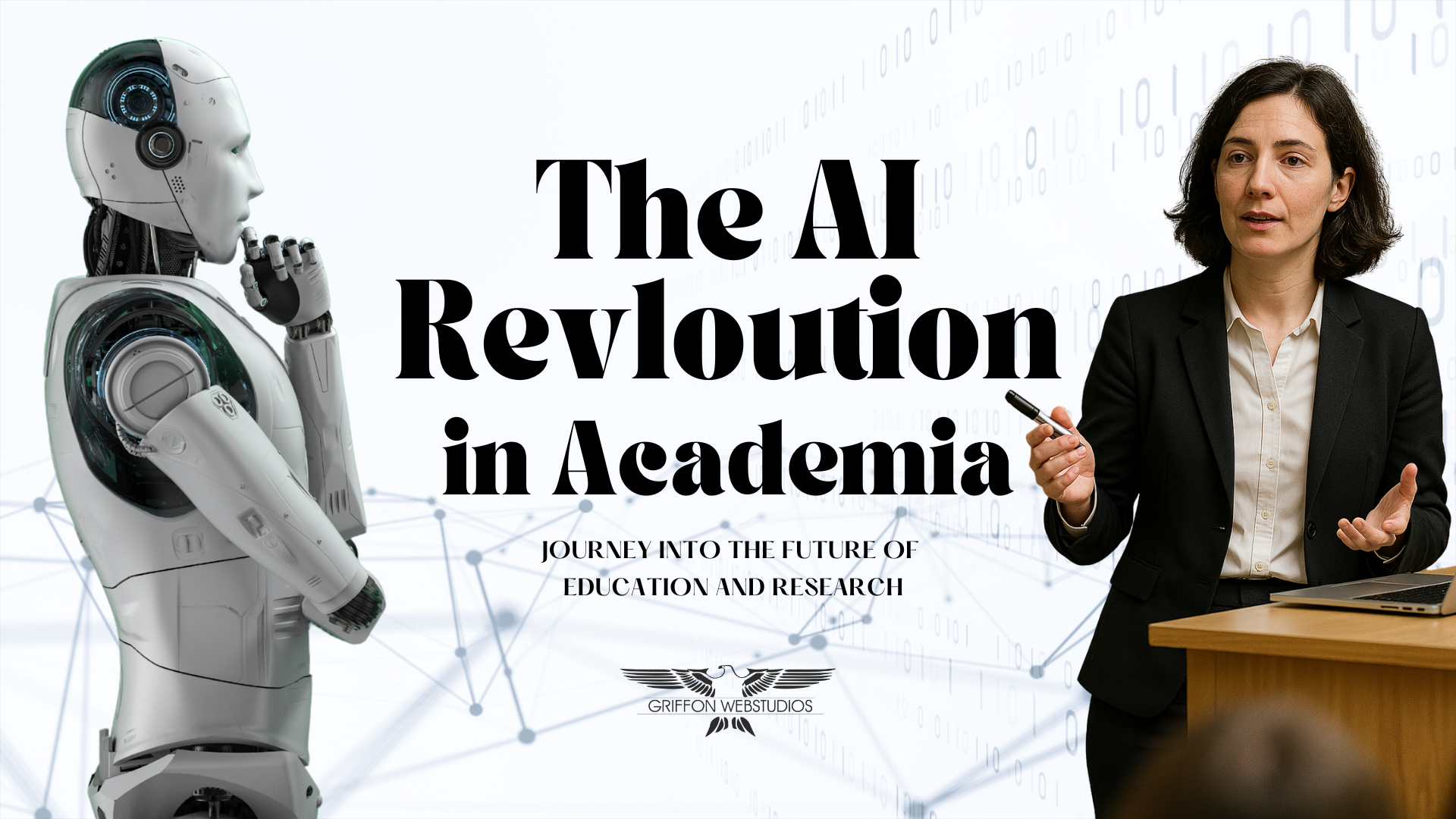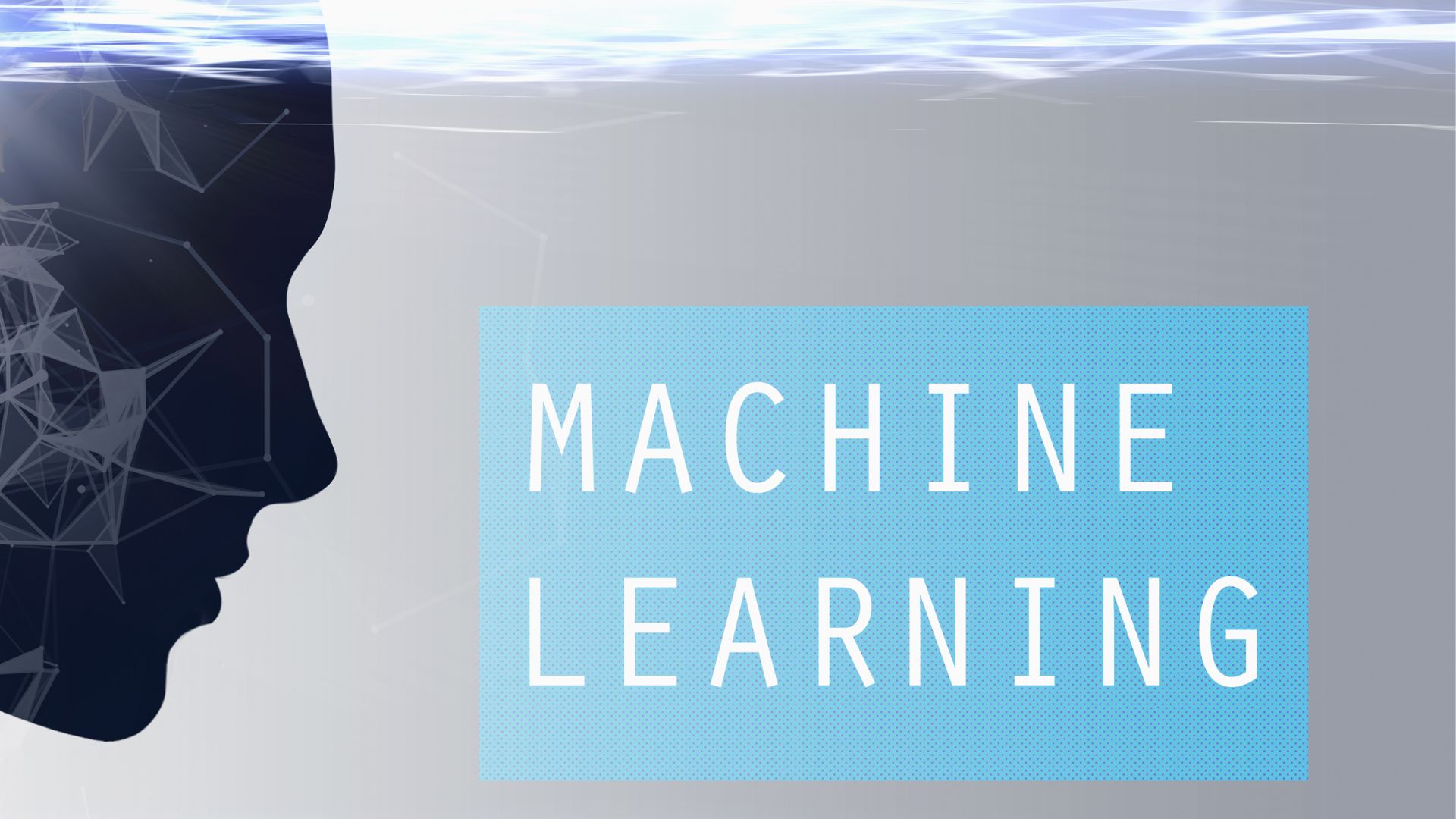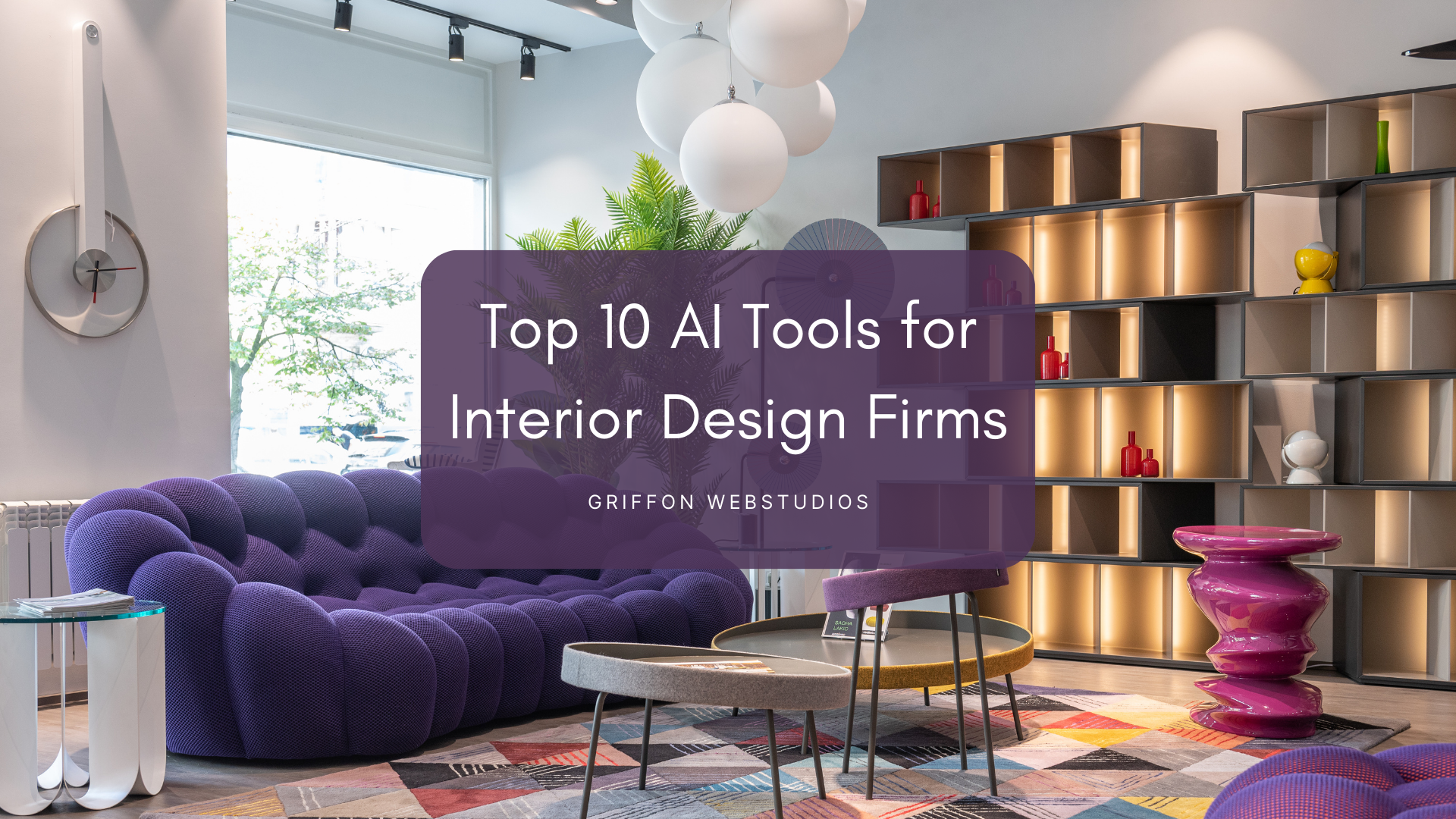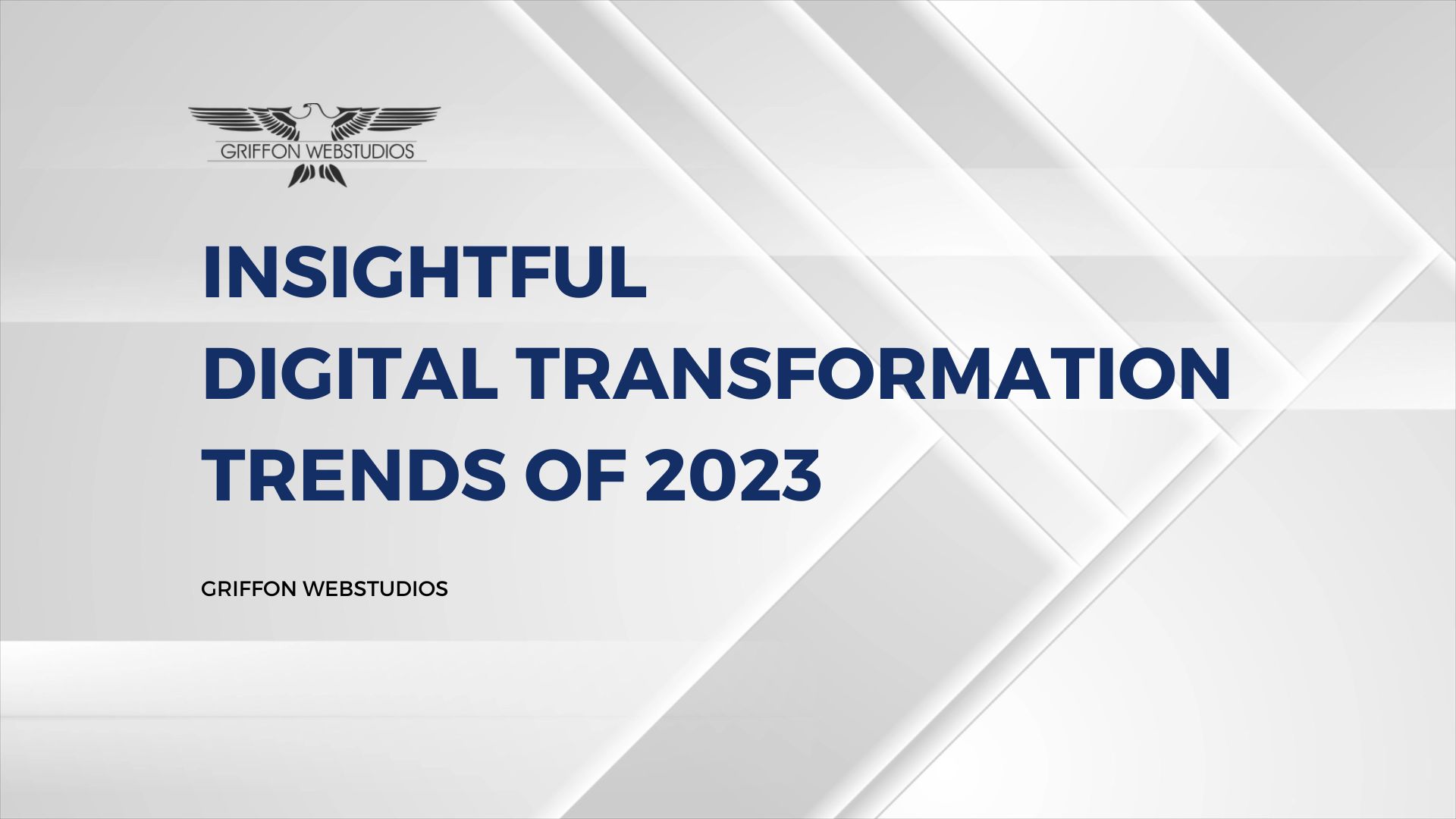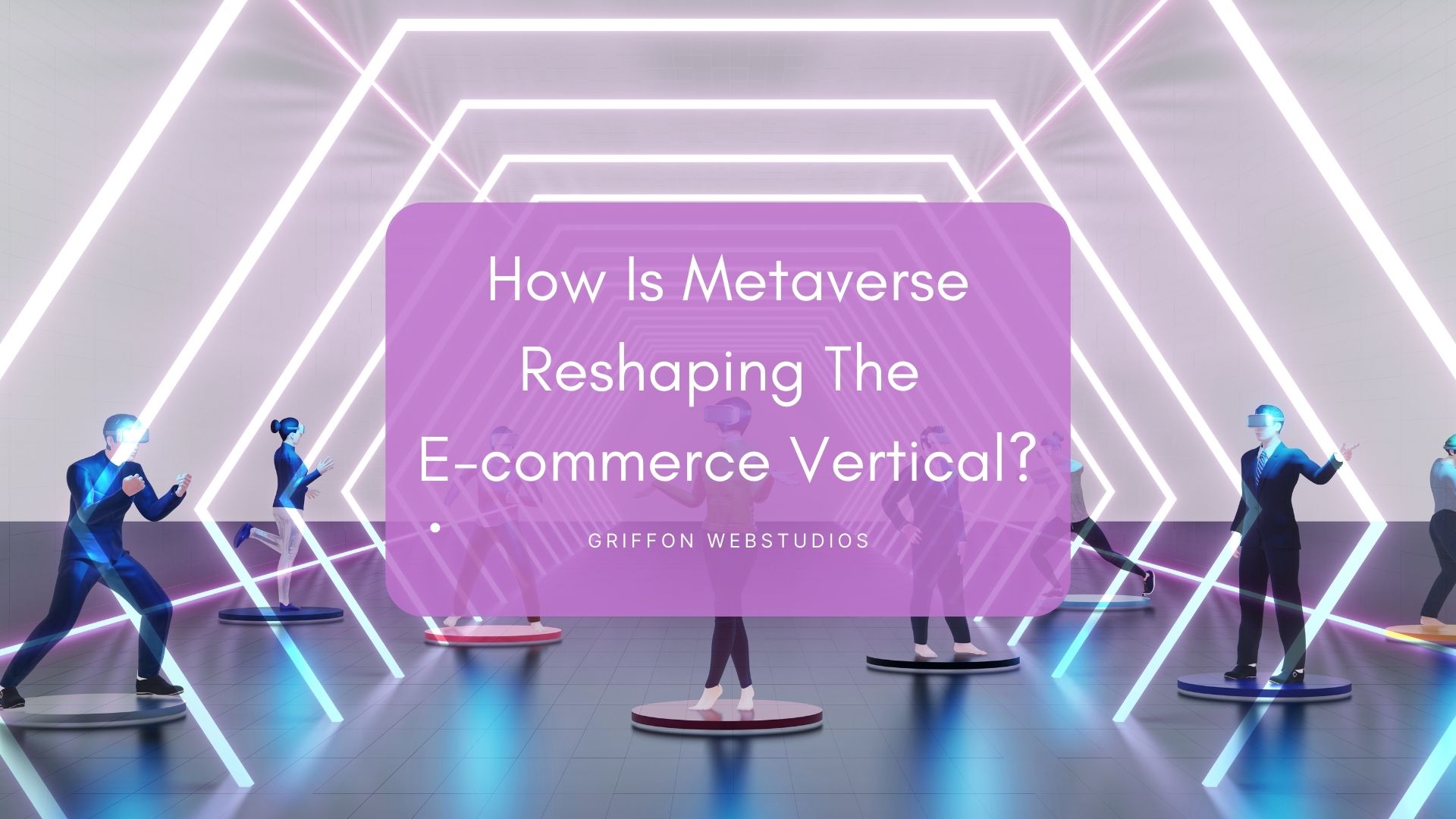
Future-Proofing Your Store for the AI Shopping Era
Ecommerce optimization through artificial intelligence shifted from its backend role to become a prominent aspect that directs consumer product discovery, evaluation and purchase decisions. The modern shopping experience is fully supported by AI through ChatGPT’s real-time shopping features together with personalized recommendation engines. Online sellers who ignore changing market conditions will start to disappear from digital platforms but forward-thinking companies will gain substantial benefits because product discovery now depends on conversations instead of simple clicks. This article identifies all changes taking place in the industry along with specific business implications of ChatGPT’s shopping functions while providing step-by-step guidelines to make your store ready for the AI shopping revolution. The Rise of Conversational Shopping Traditional eCommerce starts with a keyword. AI-led commerce begins with a conversation. Instead of typing “best headphones under $200”, today’s consumer might ask:“I need a noise-cancelling headphones that work well for flights and long work calls, ideally under $200.” The difference is subtle but powerful. This new model understands intent, context, and personalization. And ChatGPT, with its shopping and search integration, is turning into a digital shopping assistant that responds to these prompts with curated, real-time results. ChatGPT’s Shopping Features: What’s New The shopping functionality and browsing

